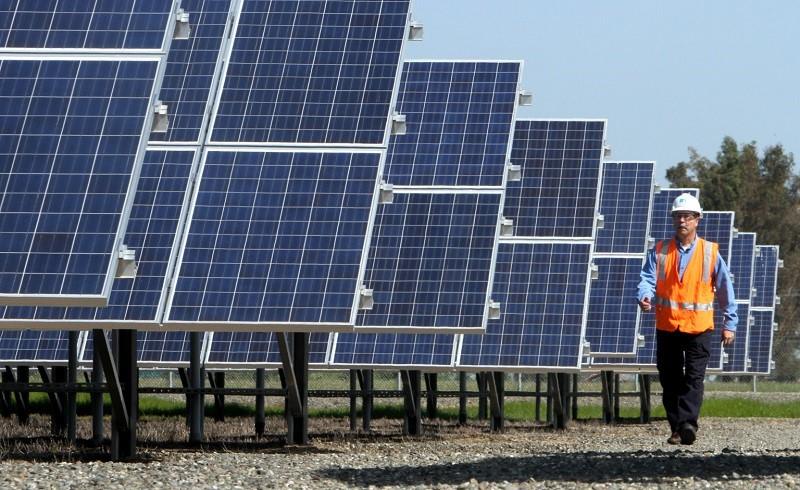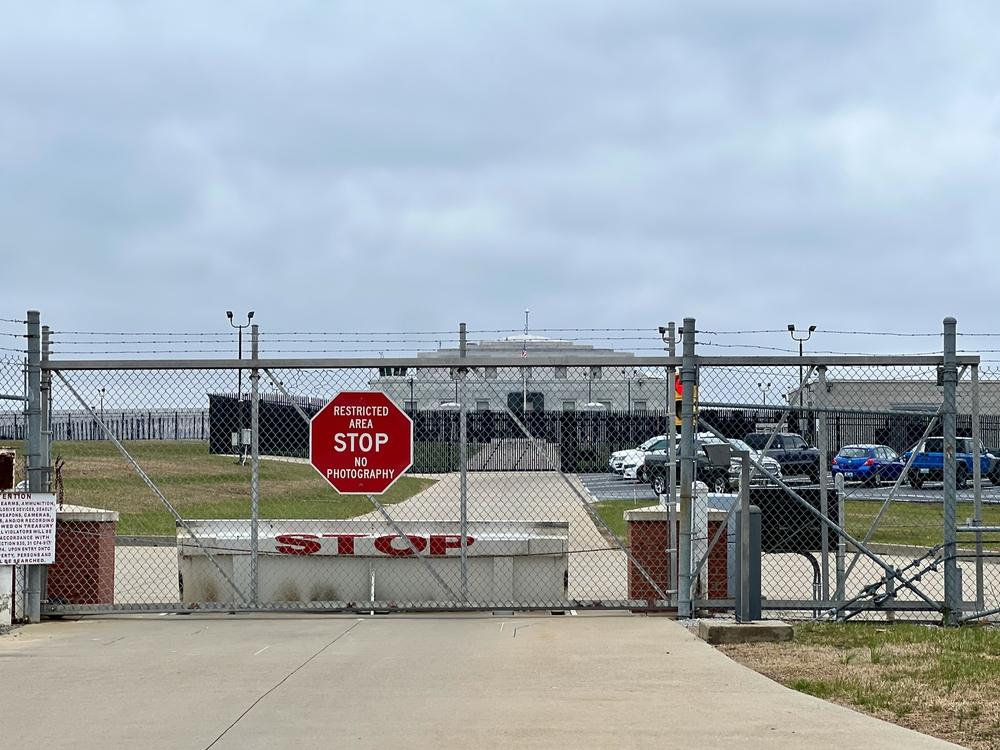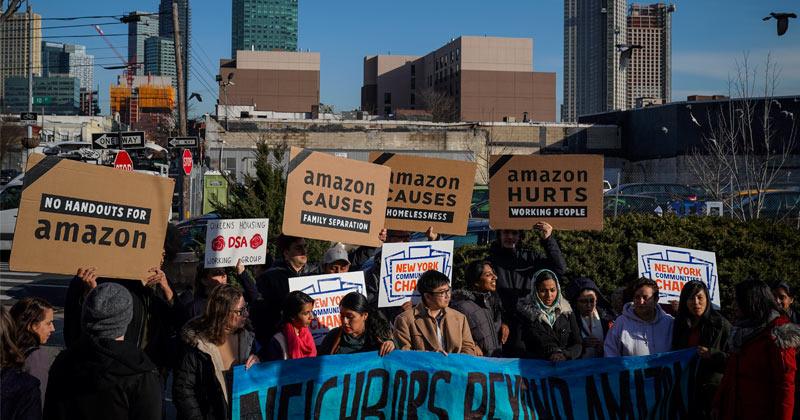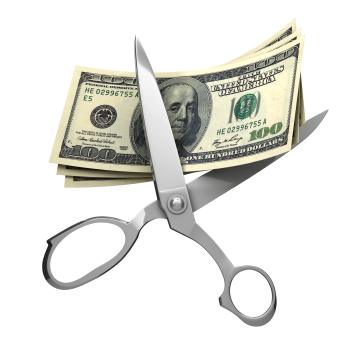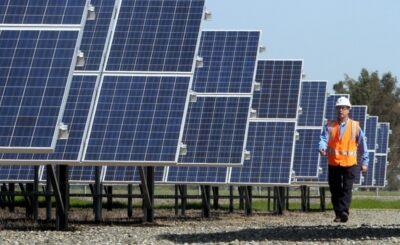
One of California’s main sources of electricity is literally drying up – and solar power is saving the day.
Water levels in some of the state’s reservoirs are so low because of the drought that hydroelectric power plants are shutting down. Hydroelectric plants provide about 15 percent of the Golden State’s electricity.
The only thing keeping the lights on in some parts of California is solar power, which is now providing enough electricity to make up for the lack of hydroelectric power. Large scale solar projects have been able to make up for the lost power, according to state officials and utilities.
California is suffering through its worst drought since records began – perhaps the worst in 500 years.
“We’re going to have enough power to keep the lights on: We are not concerned about blackouts or outages,” Robert Weisenmiller, the chairman of the state’s Energy Commission, told The San Jose Mercury News.
Weisenmiller noted that 1,000 megawatts of solar-generated electricity was added to California’s grid in the last year. A megawatt is enough electricity to power around 200 homes.
The Solar Energy Industries Association says California has 2,926 megawatts of solar power in operation.
‘Smart way to go’
“Solar not only helps California’s economy and environment, it’s also the smart way to go if you want to conserve water resources,” SEIA spokesman Ken Johnson told the newspaper. “Solar panels use almost no water, while nuclear, coal and natural gas facilities can use thousands of gallons per megawatt hour, depending on the technology and the facility.”
What It Takes To Create A Safe, Self-Sufficient, Off-The-Grid Lifestyle Using Solar Power!
PG&E, a California electric company, gets 11 percent of its electricity from hydropower. The California Independent System Operator, or ISO, “gets 13.6 percent of its electricity from large hydro plants and 18.3 percent from renewables.” ISO manages 80 percent of
Many of the state’s hydroelectric facilities are operating at far below normal capacity because there simply isn’t enough water to turn the turbines.
“Hydroelectricity is completely dependent on reservoir levels, and right now the reservoirs are so low,” Steve Melavic, the head of operations at the Shasta Dam hydroelectric plant, admitted. “We’re only 36 percent full right now.”
The problem with this situation is that California’s grid now has fewer backup sources of electricity to rely upon. If another power source goes down, electricity shortages and blackouts could result.
Another danger is that with fewer plants in operation, a downed power line or a problem at a transformer station could lead to blackouts. Recent reports indicate that a large portion of the infrastructure in the gird is outdated and unreliable, making a grid failure more likely. Last year there was a mysterious attack on an electrical substation near San Jose that Congressman Henry Waxman (D-California) described as “unprecedented and sophisticated.”
Not Just California
The situation in California shows why families, farms and businesses should consider generating their own electricity. Many regions of the United States are now facing serious shortages of electricity that could soon get worse.
A number of observers have noted that new EPA regulations will force the closure of large numbers of coal-burning power plants. Some critics have noted that the grid simply doesn’t have the capacity to make up for that lack of generation. The forced shutdown of hydroelectric plants could make the situation worse.
The people of California are learning that the sun is a free and reliable source of power. That’s one lesson that we should all take to heart.
Sign up for Off The Grid News’ weekly email and stay informed about the issues important to you


